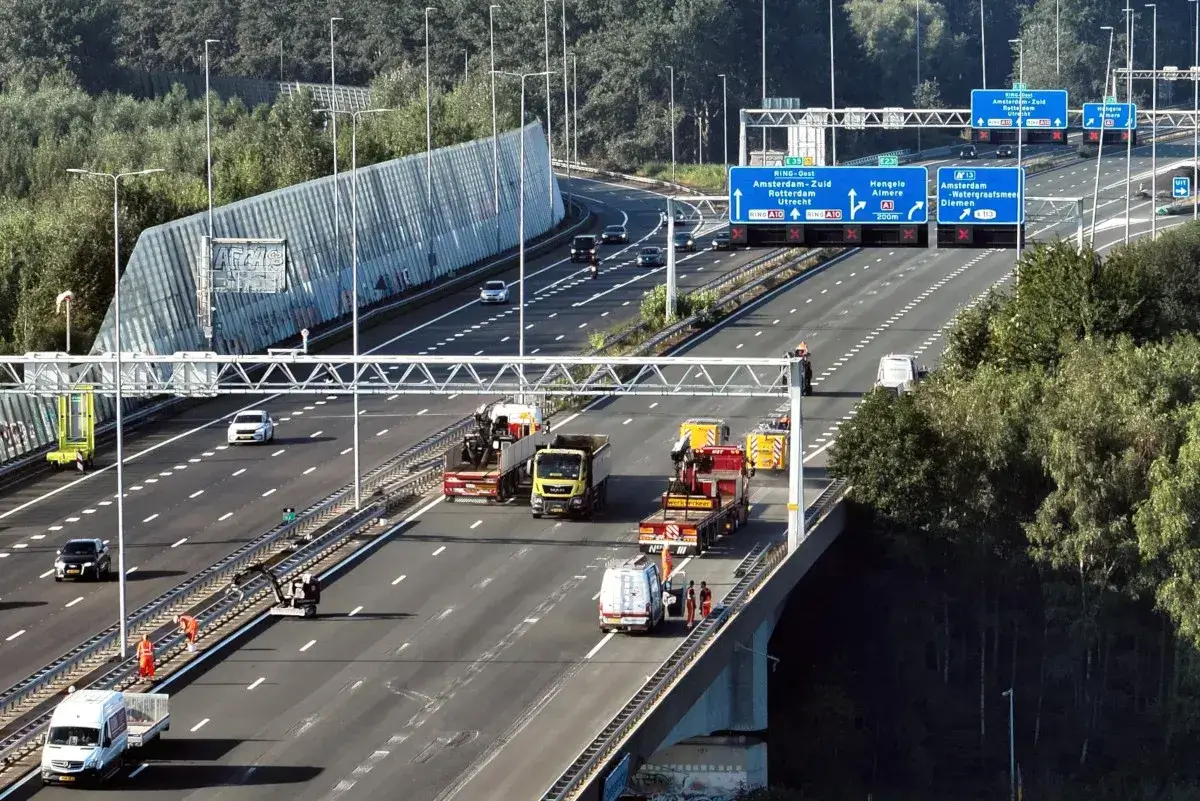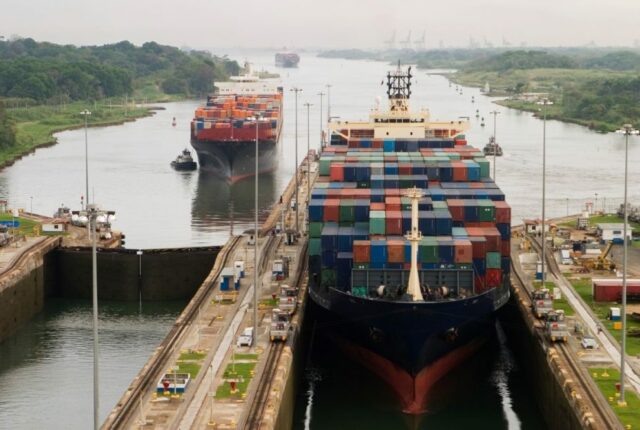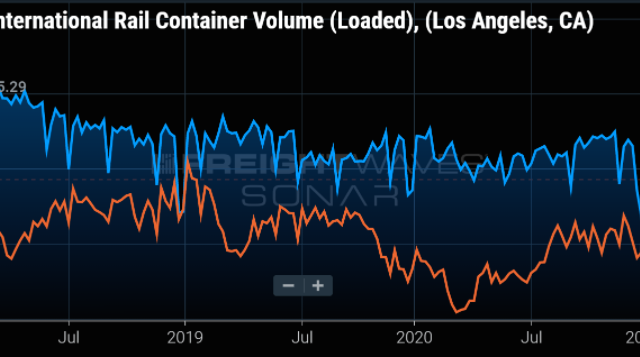
Road Toll Reforms in the EU: What Dutch Transport Companies Need to Prepare For
If you operate in the Dutch road and urban freight sector, major regulatory changes are coming that will reshape your business. The Dutch road freight industry is preparing for distance-based tolling for heavy goods vehicles, part of the EU’s wider shift toward emissions-linked pricing. This article explains what these reforms mean, why they’re happening, and how your company can adapt. You’ll learn about cost impacts, fleet strategy, compliance requirements, and opportunities to stay competitive in a changing logistics landscape. By the end, you’ll know how to turn this policy change into a strategic advantage.
The Background: EU Tolling Reform & the Dutch Context
The updated Eurovignette Directive requires EU member states to link tolls to distance travelled, vehicle emissions, and air pollution levels. The Netherlands plans to replace its current time-based vignette system with a per-kilometre toll for trucks over 3.5 tonnes. The reform aims to ensure fairer infrastructure funding, reduce emissions, and harmonize with neighbouring countries’ systems.
For Dutch freight operators, this means more than a tax change—it introduces new operational cost drivers and pushes for cleaner fleets. It also aligns with the Netherlands’ national sustainability goals, particularly the rollout of zero-emission urban zones across major cities.
What the Reform Means: Key Features of the Dutch Toll System
The toll will apply to all heavy goods vehicles above 3.5 tonnes, including those registered abroad. It will cover Dutch motorways and selected provincial and municipal roads. Tariffs depend on three factors: vehicle weight, CO₂ emission class, and kilometres driven. For example, a Euro 6 truck might pay around €0.15 per km, while a zero-emission truck pays about €0.03 per km.
Every vehicle must be equipped with an On-Board Unit (OBU) for electronic toll collection under the European Electronic Toll Service framework. This system ensures seamless cross-border operation but requires carriers to upgrade telematics and data systems before rollout.
Cost Impact for Dutch Road and Urban Freight Operators
The shift to distance-based tolling changes fixed taxes into variable costs tied to kilometres driven and vehicle efficiency. Estimates suggest tolls could account for 10–20 percent of freight costs once implemented.
A truck travelling 60,000 km annually could face an added €11,000 per year if operating under older Euro 4–5 standards. Operators running urban or short-haul routes may face indirect costs from rerouting and administrative compliance. The reform could also accelerate consolidation and encourage logistics hubs to improve efficiency and reduce empty kilometres.
Operational Implications for Urban Freight Flows
Urban freight carriers will face both toll costs and low-emission zone restrictions. Many Dutch cities already enforce zero-emission freight zones, and these will tighten further in 2025.
To adapt, companies can use smaller exempt vehicles, optimise delivery routes, and consolidate loads to reduce trips. A hub-and-spoke model—using electric vehicles for inner-city distribution—can lower exposure to tolls while ensuring compliance with emission rules.
Strategic Implications for Long-Haul and International Road Freight
For international operators, every kilometre driven on Dutch roads will count toward the toll, including transit routes. This may encourage route re-evaluation to balance toll costs against fuel and time savings.
Long-haul carriers should revisit cross-border contracts to ensure transparent toll cost pass-throughs and avoid hidden losses. Dutch tolling will also serve as a benchmark for future EU reforms, so early adaptation gives hauliers a regional advantage.
Fleet Management & Renewal Strategies
The reform rewards cleaner fleets. Zero-emission or Euro VI trucks pay up to five times less per km than older vehicles. Carriers should model fleet renewal timelines, leasing options, and retrofits, factoring toll savings into total cost of ownership.
Investing in cleaner fleets not only cuts toll costs but strengthens brand reputation. Businesses that market themselves as low-emission carriers can appeal to shippers prioritising sustainability.
Risk Mitigation: Avoiding Financial and Operational Pitfalls
Key risks include route diversion, compliance errors, and cost underestimation. Avoid detours that add mileage and maintenance costs, and stay updated on final toll zone maps.
Foreign-registered trucks operating in the Netherlands must also comply or face penalties. Keeping accurate digital records through OBUs will help avoid fines and disputes.
Opportunity Creation: Turning Reform into Competitive Advantage
Carriers can leverage toll reform to gain a market edge. Promoting low-toll, zero-emission fleets positions companies as sustainable partners. Urban consolidation centres and electric last-mile delivery models can create new business opportunities while minimising toll exposure.
Forward-thinking companies can use the toll reform narrative to attract clients seeking greener supply chains and predictable cost structures.
Implementation Roadmap for Dutch Transport Companies
Timeline:
- 2024–2025: Final legislation and system setup.
- Mid-2026: Toll activation for vehicles over 3.5 tonnes.
- Before rollout: Audit fleets, install OBUs, and adjust routes.
- After rollout: Monitor toll KPIs, optimise costs, and review contracts quarterly.
Preparation checklist:
- Assess vehicle weight and emission classes.
- Map routes within the toll network.
- Integrate toll data into operations software.
- Communicate changes with shippers early.
Urban Freight Specific Considerations
Dutch cities like Amsterdam and Rotterdam are implementing zero-emission freight zones. Urban carriers must now plan for both tolls and access rules, requiring:
- Clean vehicle adoption.
- Delivery consolidation through micro-hubs.
- Adjusted scheduling for restricted areas.
With e-commerce and urban freight volumes rising, adapting now will keep operations compliant and efficient.
Final Checklist & Next Steps
Compliance:
- Identify all trucks over 3.5 t.
- Install certified OBUs.
- Register with a toll provider.
- Map toll-affected routes.
Strategy:
- Update fleet renewal plans.
- Review pricing and client contracts.
- Integrate toll tracking into KPIs.
- Reassess delivery hubs and route patterns.
Quick Takeaways
- The Netherlands will introduce distance-based tolling for heavy goods vehicles by 2026.
- Toll rates depend on distance, vehicle weight, and emission class.
- Clean fleets will save significantly compared to older diesel models.
- Urban freight faces added complexity from zero-emission zone rules.
- Early preparation turns the reform into a cost and marketing advantage.
Conclusion
The Dutch toll reform marks a major transformation in the road freight sector. Beyond changing how carriers pay, it reshapes how they operate—encouraging cleaner fleets, smarter routing, and transparent pricing. Businesses that start preparing now will not only remain compliant but also gain an edge in a market increasingly driven by sustainability and efficiency.
Adapting early isn’t just about avoiding penalties—it’s about redefining your competitive advantage in a greener, smarter logistics landscape.
FAQs
- When does the new Dutch truck toll start?
The distance-based toll begins on 1 July 2026. - Which vehicles will be affected?
All trucks over 3.5 tonnes, both domestic and foreign. - How are toll rates calculated?
Based on kilometres travelled, vehicle weight, and CO₂ class.






